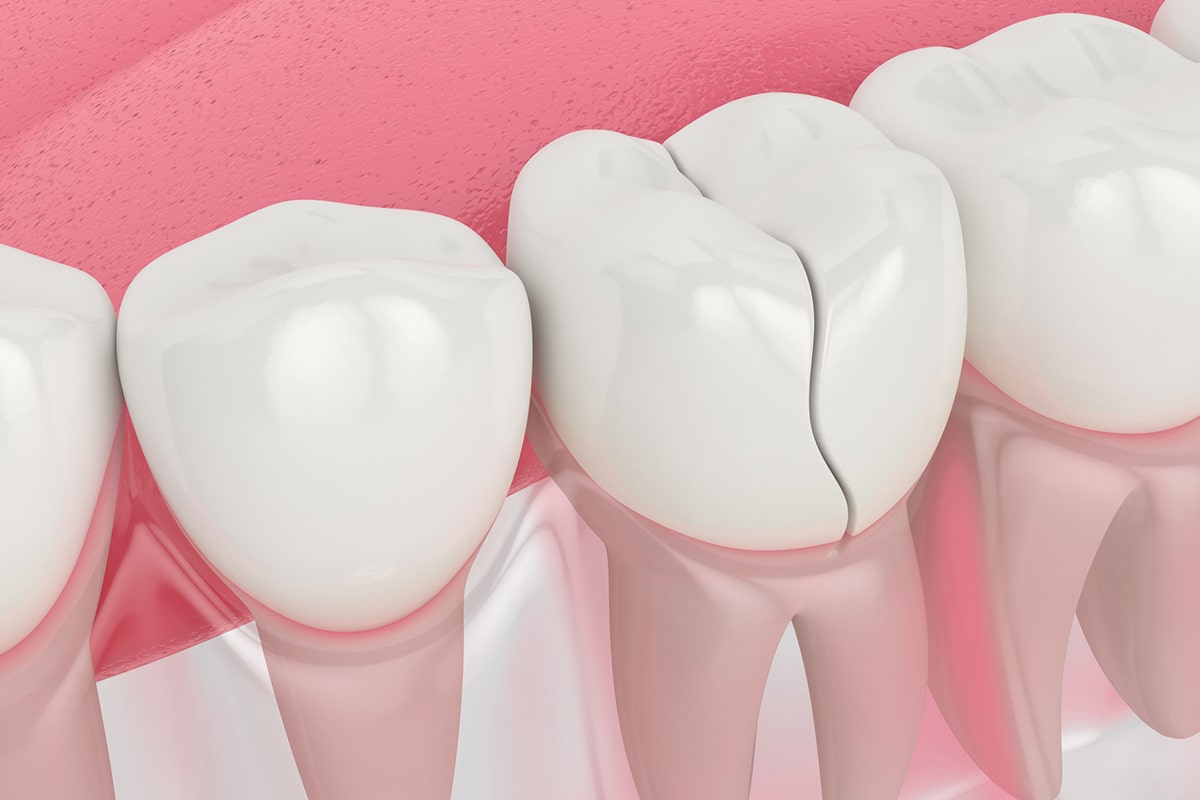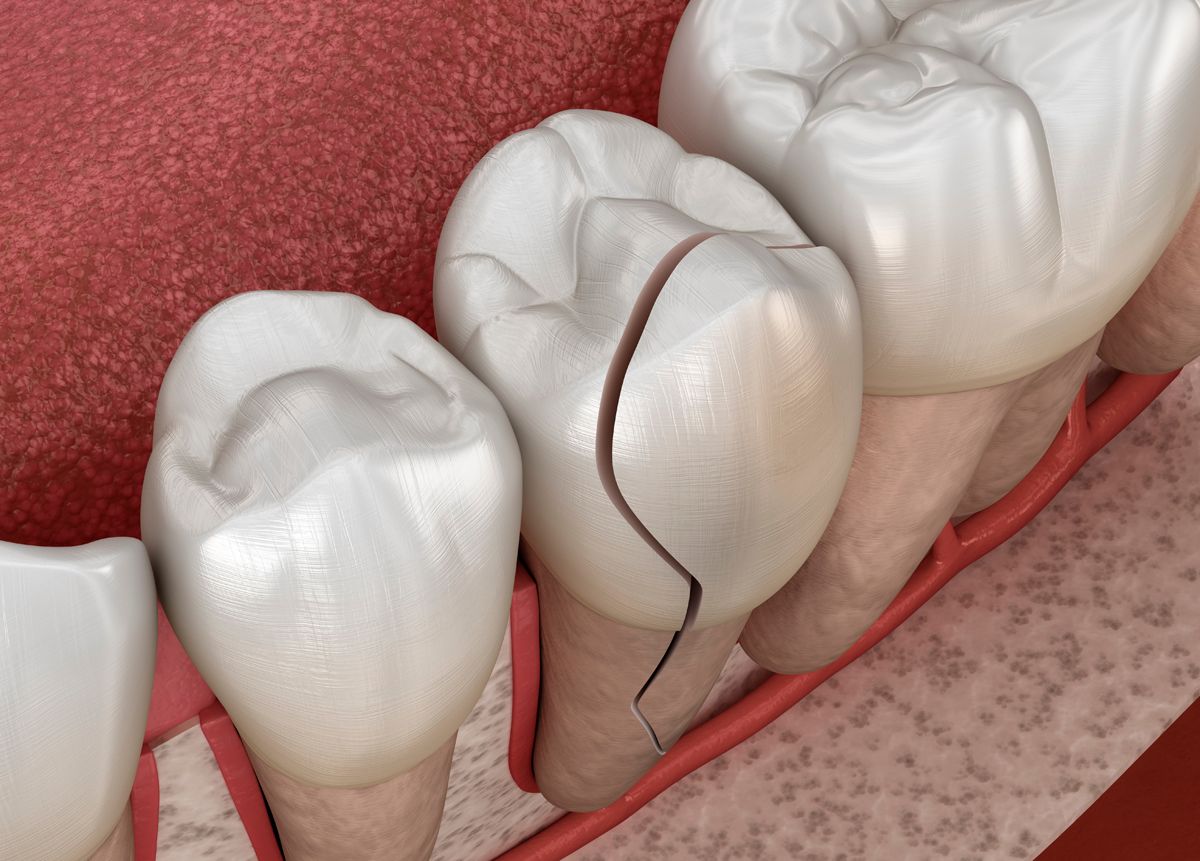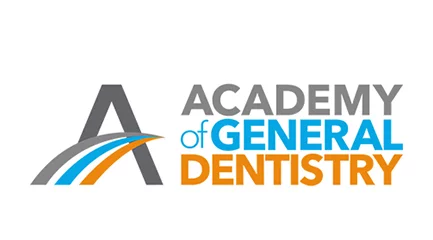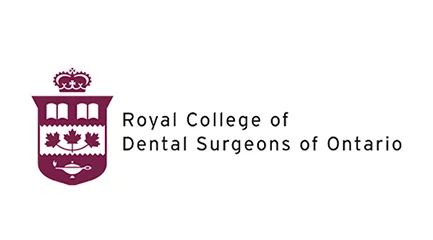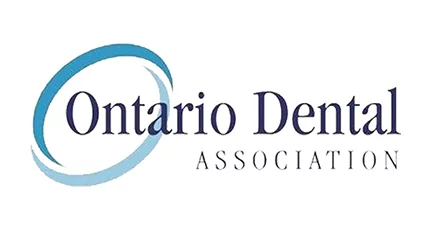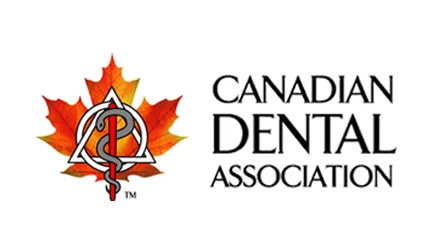WHAT IS CRACKED TOOTH SYNDROME? CAUSES, SYMPTOMS, AND SOLUTIONS
Do your teeth get sensitive or painful when you eat food? Then, you might be suffering from CTS (cracked tooth syndrome). This dental problem can sometimes be difficult to identify. Fortunately, in recent years, so many treatment options have emerged, offering much-needed relief to individuals diagnosed with cracked tooth syndrome. This progress in dental health care brings hope to those experiencing the condition.
Remember that you need to consult your dentist if you suspect that you have a cracked tooth syndrome. With their knowledge, they can suggest several treatments, depending on the location and severity of the crack. Continue reading to learn more about how to overcome this problem.
HOW DO YOU DEFINE A CRACKED TOOTH?
One of the most common dental problems is a damaged (cracked) tooth. A cracked tooth is a tooth that has been injured. Such damaged teeth usually result in small breaks within the tooth structure. In some cases, the crack may be so minute that it does not interfere with the function of the teeth. Sometimes, your tooth may remain in fragments or cracks.
A tooth that cracks may also be a result of dental problems. Incisors and molars are the most susceptible teeth to cracking. Moreover, cracks can develop in different areas of a tooth.
If you feel that your tooth has been cracked, you should get it checked by a dental professional as soon as possible. Early and right medical intervention can save the form and functionality of your tooth, protecting you from serious oral consequences.
WHICH PARTS OF A TOOTH CAN GET CRACKED?
Teeth are composed of two parts: The structure of the tooth that is visible above the gum line and the section below the gums that holds the tooth.
Both of these parts are made up of several layers:
- Enamel: A hard white outer covering of our teeth.
- Dentin: The layer of the tooth between the pulp, or center portion, and the enamel, or outer shell.
- A pulp: The soft tissue in the middle of the tooth.
If a tooth experiences a fracture, it can impact all of its layers. If a crack has reached the innermost layer of the tooth, i.e., the pulp, the tooth will no longer be curable. This means that the dentist might have to extract such teeth. They can replace the extracted tooth with other dental alternatives, like bridges or dental implants.
FACTORS RESPONSIBLE FOR CRACKED TOOTH SYNDROME
The most common reasons for a cracked tooth are:
- Trauma: It can be a major factor for a cracked tooth, such as a head-on fall, a sports-related injury, a bike or car accident, as well as a face injury.
- Age: Tooth cracks are more likely to happen to people 50 and over.
- Teeth grinding (bruxism)
- Those people who chew ice, candy, and popcorn kernels.
- Habits such as chewing fingers, fingernails, or chewing gums.
DIAGNOSIS
It is not simple to detect a tooth crack. If the crack is invisible to the naked eye, the dentist will ask the patient to share their dental history to diagnose the actual cause of the problem. The dentist may also use a colored dye that will make a crack more visible during an examination of the teeth. He is also likely to use a magnifying glass and a dental explorer, which would detect any cracked or rough edges on the tooth.
Dentists can also look for signs of inflammation. This is because vertical cracks often lead to infection of the gums. To do this, they may ask the patient to bite on something to determine if they feel any sort of pain.
Other diagnostic measures include:
- A CBCT scan: It can then be used to detect bone loss in a fractured tooth after a person has encountered an incident.
- X-ray and transillumination: During this diagnostic procedure, light passes through the tooth, which helps to identify the presence of a fracture.
HOW TO TREAT A CRACKED TOOTH SYNDROME?
You should seek immediate attention from a dentist if you suspect you have cracked tooth syndrome (CTS). If your tooth has been cracked, it will not heal on its own. Moreover, if you neglect such a tooth, its fragment can break or fall off. This can also lead to nerve damage. So, never overlook cracked or fractured teeth.
Here are some treatment options that you can go for if you have cracked teeth:
- Bonding: This procedure involves filling the fracture in the tooth with plastic resin.
- Veneer: If most of your tooth structure is intact, your dentist can place a porcelain or composite veneer on the front of your tooth.
- Crown: If the structure of the tooth is severely damaged, the dentist may proceed with a porcelain or ceramic crown.
- Root canal: This is usually recommended when the fracture advances to the pulp chamber. In such situations, dentists remove the damaged part of the tooth.
- Tooth extraction: There are instances when a dentist will have to extract the entire tooth due to the extent of the damage.
When your tooth has been damaged, you should consult immediately with your professional dentist. If you cannot see an immediate dentist, you can alleviate the swelling by applying an ice pack. Aspirin is another NSAID that can be taken to reduce pain and swelling. Saltwater can also be used to prevent infection. In some instances, when the crack is not noticeable or painless, there are chances that your dentist may not suggest any sort of treatment.
However, dentists perform a proper checkup on such teeth to ensure that they can serve for many years. If that’s not the case, dentists usually recommend either of the above-mentioned dental treatments.
KEY TAKEAWAY
Cracked tooth syndrome (CTS) is a common yet challenging condition to identify and manage. It manifests as small cracks or fractures within the tooth, often causing severe pain or sensitivity, particularly during eating meals.
Therefore, it’s crucial for a dental professional to diagnose this promptly to avert additional harm and potential tooth loss. Thus, if you have a cracked tooth, book an appointment with your dental specialist now!


